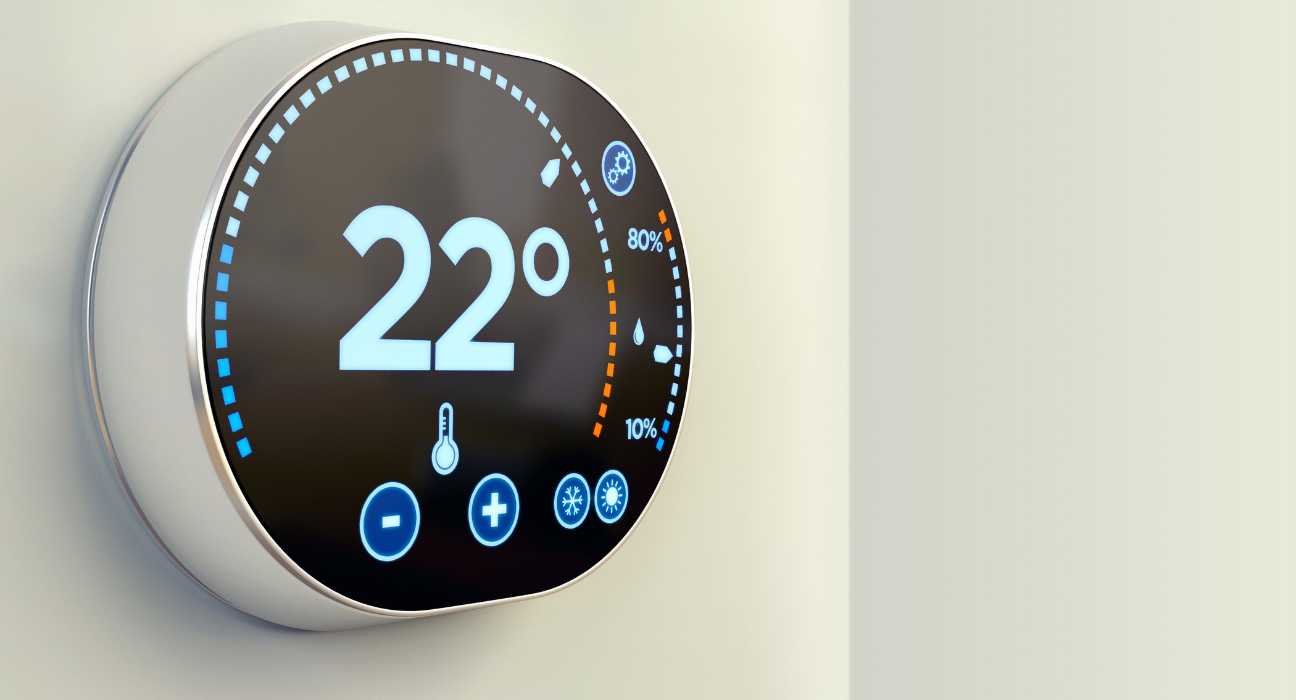Maintaining a comfortable indoor climate is essential for your well-being and productivity. Whether you’re working from home, relaxing after a long day, or hosting friends, the last thing you want is to feel too hot, too cold, or uncomfortable due to poor air quality. In this post, we’ll explore the key factors that influence indoor climate and offer practical tips on how to keep your living space just right all year round.
What Makes an Indoor Climate Comfortable?
Understanding the Basics
A comfortable indoor climate goes beyond just setting the thermostat to a pleasant temperature. It includes a balanced mix of temperature, humidity, and air quality. All these elements work together to create an environment where you can feel at ease.
Factors Influencing Indoor Climate
Indoor climate is affected by various factors, including:
- Temperature
Finding the right temperature is crucial. Too hot or too cold can make a space feel unwelcoming.
- Humidity
Humidity levels can affect your comfort and health. Too much humidity can lead to mold growth, while too little can cause dry skin and respiratory issues.
- Air Quality
Clean air is vital for health. Dust, allergens, and pollutants can make the air inside your home less breathable.
Tips for Maintaining a Comfortable Indoor Climate
Temperature Control
To keep your indoor temperature comfortable, start with these tips:
- Set Your Thermostat Wisely
Set your thermostat to 68-72°F in winter and 75-78°F in summer. Use programmable thermostats to adjust settings according to your daily schedule.
- Use Fans Efficiently
Ceiling fans can help circulate air and make a room feel cooler in the summer and warmer in the winter when set to spin clockwise.
- Natural Ventilation
Open windows during cool mornings or evenings to let fresh air in. Cross-ventilation can also help remove indoor heat and bring in cooler air.
Humidity Management
Proper humidity levels are crucial for comfort. Here’s how to manage them:
- Increase Humidity in Dry Seasons
Use humidifiers to add moisture to the air, especially in winter. Houseplants also contribute to humidity and improve air quality.
- Decrease Humidity in Humid Seasons
Dehumidifiers are effective in reducing moisture levels during humid months. Ensure proper ventilation in bathrooms and kitchens to prevent excess humidity.
- Monitor Humidity Levels
Keep indoor humidity between 30-50% for optimal comfort. Hygrometers can help you monitor levels and adjust accordingly.
Air Quality Improvement
Clean air is essential for a healthy indoor environment. Consider these steps:
- Invest in Air Purifiers
Air purifiers with HEPA filters can capture dust, allergens, and other pollutants, making your indoor air cleaner.
- Regular Cleaning
Vacuum carpets and rugs frequently, mop hard floors, and dust surfaces to reduce indoor pollutants. Don’t forget to clean filters in HVAC systems and vacuums.
- Reduce Indoor Pollutants
Avoid using harsh chemicals and opt for eco-friendly cleaning products. Keep indoor plants that can help purify the air naturally.
Metal Roofs to Block Heat
An often-overlooked factor in maintaining a comfortable indoor climate is your home’s roofing:
- Reflective Metal Roofs
Metal roofs can reflect sunlight and significantly reduce the amount of heat entering your home, keeping it cooler during hot weather.
- Insulation Benefits
Properly insulated metal roofs help maintain a stable indoor temperature, reducing the need for excessive heating or cooling.
- Durability and Longevity
Metal roofs are not only energy efficient but also durable and long-lasting, offering a cost-effective solution over time.
Metal roofs not only enhance the aesthetic appeal of your home but also provide excellent insulation, helping to maintain a cool temperature during hot summer months. This type of roofing reflects solar radiant heat, which can significantly reduce energy costs and create a more comfortable living environment. To ensure optimal results, hire contractors like those available in Michigan, to install metal roofing. Investing in professional installation guarantees that the roofing is durable, properly sealed, and capable of withstanding the elements for years to come.
The Role of Technology
Smart Thermostats
Smart thermostats like Nest and Ecobee allow you to control your home’s temperature remotely via smartphone apps. They learn your schedule and adjust settings automatically for optimal comfort and energy efficiency.
Smart Humidity Controllers
Devices like the Eve Room and Govee Hygrometer can monitor and regulate indoor humidity levels, sending alerts to your phone when adjustments are needed.
Air Quality Monitors
Smart air quality monitors such as the Awair Element and IQAir AirVisual Pro provide real-time data on indoor air quality, helping you take immediate action to improve it.
Sustainable Approaches
Energy-efficient Practices
Implementing eco-friendly practices can keep your home comfortable while reducing energy consumption:
- LED Lighting
Replace incandescent bulbs with LED lights that emit less heat and consume less energy.
- Solar Shades and Blinds
Use solar shades to block heat from entering your home during the day, reducing the need for air conditioning.
- Energy-efficient Appliances
Invest in energy-efficient appliances that consume less power and contribute to a more sustainable home environment.
Green Building Materials
Using sustainable materials can enhance comfort and reduce environmental impact:
- Eco-friendly Insulation
Materials like cellulose and wool insulation offer superior thermal performance and are environmentally friendly.
- Cool Roof Coatings
Apply reflective coatings to your roof to reduce heat absorption and keep your home cooler.
Community Initiatives
Engage with community programs focused on sustainability:
- Local Energy Programs
Many communities offer programs and incentives for energy-efficient home improvements.
- Sustainable Living Workshops
Participate in workshops or online courses to learn more about sustainable living practices that can improve your home climate.
Conclusion
Creating a comfortable indoor climate is not just a luxury; it’s essential for well-being and productivity. By recognizing the factors that affect indoor conditions and adopting practical tips and sustainable practices, you can cultivate a living space that remains enjoyable throughout the year. It’s crucial to consider that each home and individual has unique requirements, so take the time to assess your specific situation and make necessary adjustments. By prioritizing comfort and sustainability, you not only enhance your quality of life but also contribute to a healthier planet for future generations. Keep these insights in mind as you work towards achieving the ideal indoor climate for you and your family.

